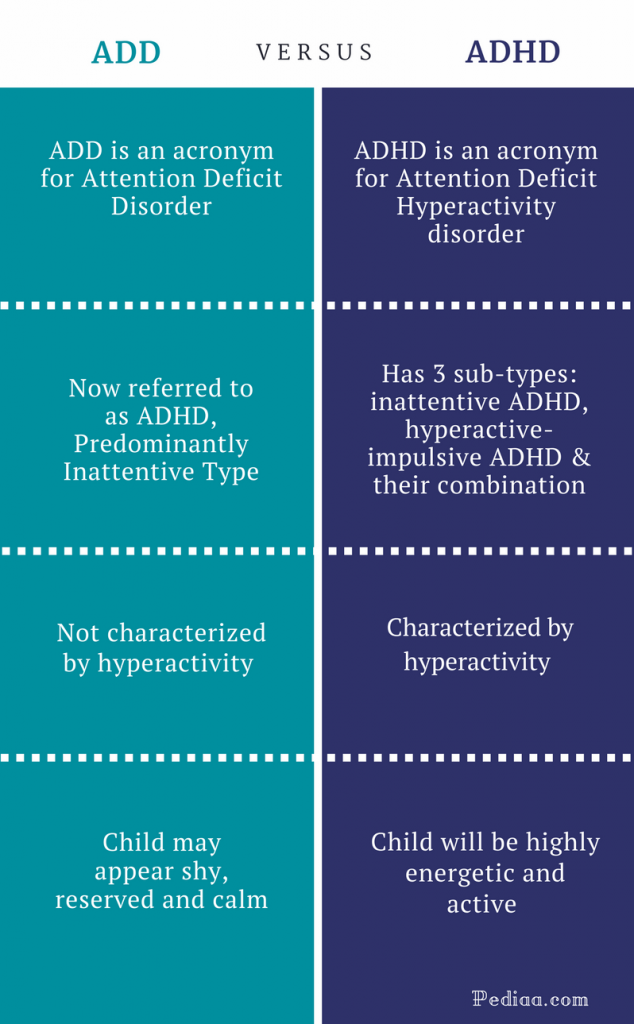

- ADD DISORDER IN ADULTS HOW TO
- ADD DISORDER IN ADULTS MANUAL
Physical exercise in attention deficit hyperactivity disorder - evidence and implications for the treatment of borderline personality disorder. Mehren A, Reichert M, Coghill D, Müller HHO, Braun N, Philipsen A. Behavior management for school-aged children with ADHD. ADHD in the classroom: Helping children succeed in school. Parent training in behavior management for ADHD.Ĭenters for Disease Control and Prevention. Therapy to improve children' mental health.Ĭenters for Disease Control and Prevention. Attention-deficit/hyperactivity disorder (ADHD).Ĭenters for Disease Control and Prevention. Prescription stimulants in individuals with and without attention deficit hyperactivity disorder: Misuse, cognitive impact, and adverse effects. Attention-deficit/hyperactivity disorder: diagnostic criteria, epidemiology, risk factors and evaluation in youth. American Psychiatric Association 2013.Ĭabral MDI, Liu S, Soares N.
ADD DISORDER IN ADULTS MANUAL
Diagnostic and Statistical Manual of Mental Disorders, 5th edition. Parents and teachers may be trained to reinforce the lessons at home and school.Īmerican Psychiatric Association. Skills such as having conversations, coping with teasing, and making friends are taught.
:max_bytes(150000):strip_icc()/is-it-high-functioning-autism-259942_final-67459718478440e0bcf105140cba0b03.jpg)

ADD DISORDER IN ADULTS HOW TO
Peer support: With this approach, a therapist or trained professional will lead a group of children in activities that teach them how to interact constructively with their peers. Accommodations may include extra time on tests, additional breaks, changes to their environment, positive reinforcement, and assignments made specifically for your child. Accommodations at school: Your child may meet the criteria for extra assistance under the Individuals With Disabilities Education Act (IDEA) or Section 504 of the Rehabilitation Act of 1973. Parents may also learn strategies such as play therapy and talk therapy to allow their child to freely express their feelings and help them adopt healthy coping mechanisms to deal with challenging emotions. Parent support: It can also be helpful for parents to learn more about how to best support a child with a form of neurodiversity. A session often includes the therapist facilitating a conversation with your child or even providing them with an activity to help them express their feelings. With young children, a therapist will usually meet with you and your child. Family therapy: Your doctor or therapist might recommend family therapy so all family members can learn healthy ways to support your child.



:max_bytes(150000):strip_icc()/is-it-high-functioning-autism-259942_final-67459718478440e0bcf105140cba0b03.jpg)



 0 kommentar(er)
0 kommentar(er)
